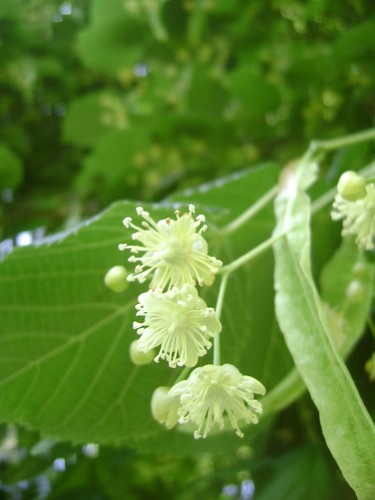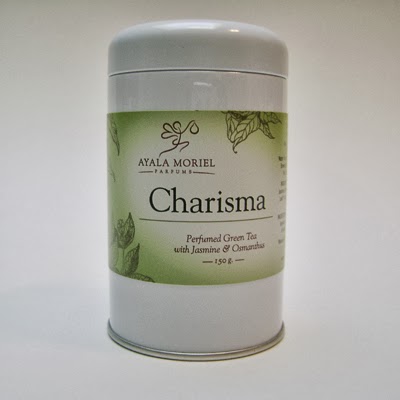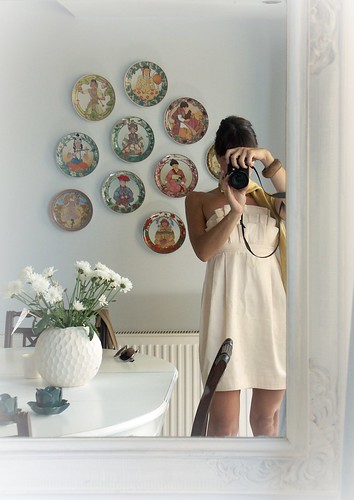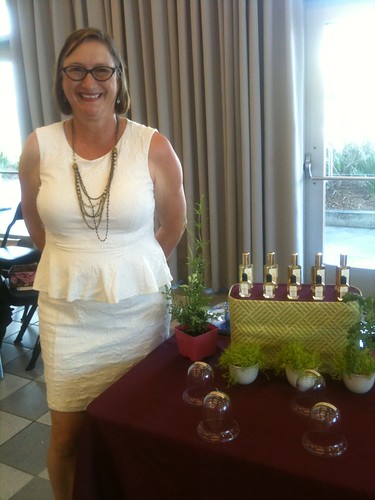The Different Company's Osmanthus

Sometime in the spring, I took the train to Tel Aviv for a day of fun with my daughter. Among other things, we went to Individual in Neve Tzedeq, a new perfume boutique that carries only niche brands, among them Different Company. It was a chance to revisit Osmanthus, a fragrance that from my memory captured best the elusive scent of this tiny flower while it's still intact on the bush. The absolute does not portray an accurate picture, although it is gorgeous on and of itself. I only had a chance to smell white osmanthus one evening in San Francisco at Ineke' private fragrant garden. It's the kind of scent one could ever forget. The osmanthus incense my friend Noriko brought me from Japan also comes pretty close to it, and does not smell terrible artificial even though it is.
The shop owners at Individual are evidently passionate about perfume, and know how to sell it (not being pushy is crucial, as is giving samples to try at home several times). I've revisited the sample of TDC Osmanthus over the course of a few months now, and I'm still on the fence if to get it or not... But before I launch into describing my experience with this scent, a word of caution to any perfumer trying to recreate this scent or even attempt to compose with osmanthus absolute: it is extremely challenging. That is not to say that there aren't any gorgeous perfumes with that scent, or that it's impossible to work with, or to discourage one from trying; but the results are more often watered down florals that lack body or character, except for a very artificial and synthetic feel (the examples for this genre of osmanthus approach are many, from to the swimming-pool clean l'Eau d'Issey or whitewashed Pure White Linen to the fruity-shampoo persona of Nuit de Cellophane). Some of the natural and niche perfumeries have churned up descent or interesting perfumes in which osmanthus is the star of the show - Osmanthus Oolong and Un Crime Exotique are two of my all-time favourites.
TDC Osmanthus starts realistic and promising, with that mysterious, fruity yet powdery, diffusive and delicately ephemeral live osmanthus on the bush; yet there is a slightly oily element which interrupts this harmony. This is not uncommon in osmanthus absolute, by the way. There could be a tad of a rancid oil off-note. As long as it's just a hint, that's okay. Then it becomes bit more honeyed and before you know it - it turns into realistic rendition of living linden blossoms in mid-June. Like whiff of blue skies on a cool summer morning. Bright and fresh like crisp linens off the laundry line, with hints of iced tilleul tea. It is pretty, but I'm missing some kind of a darkness or body or a contrasting point that would make it more interesting and less linear.






